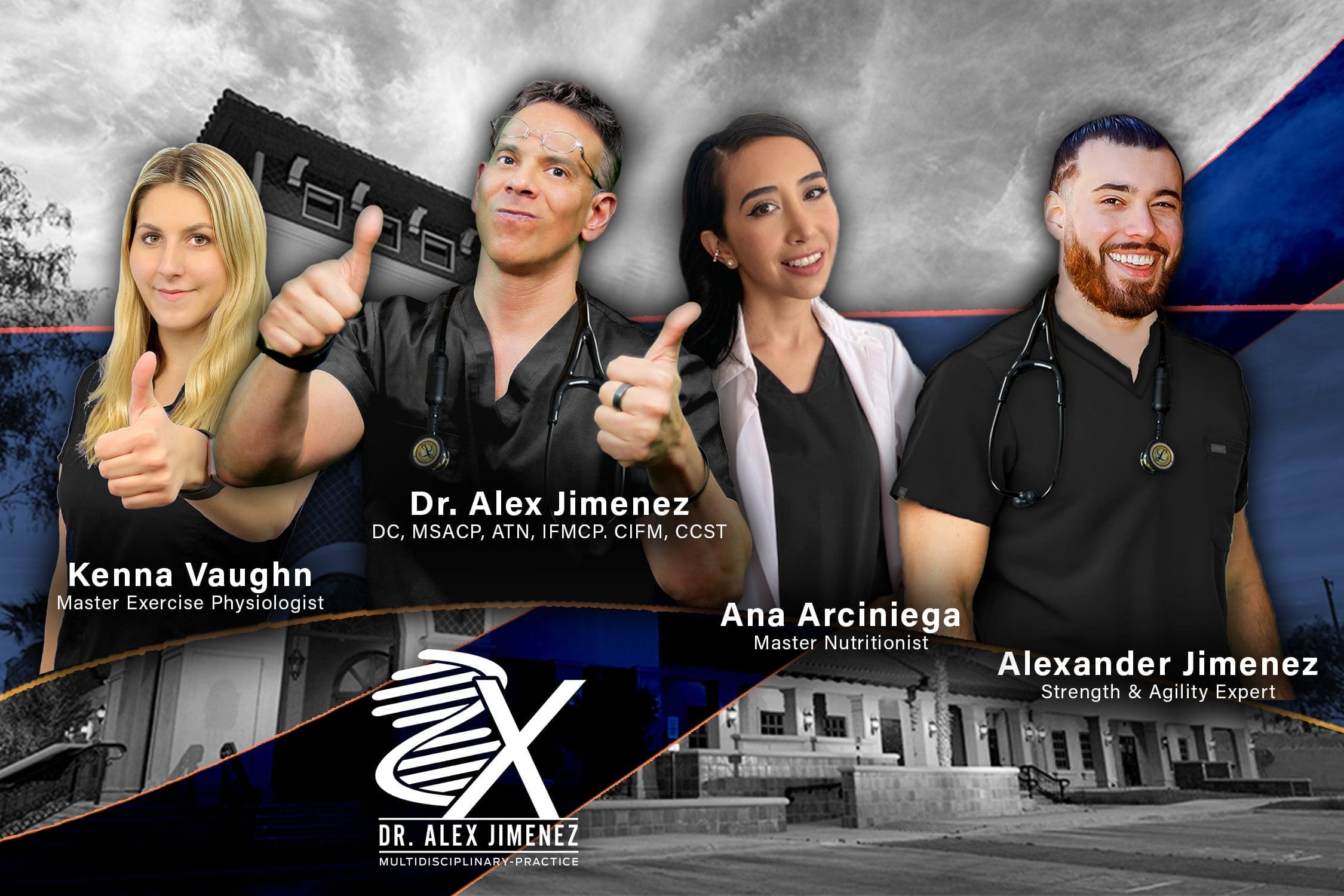Recover your password.
A password will be e-mailed to you.
Trending
- Menopause: Functional Wellness Tips for Every Woman
- Telemedicine Can Help With Sciatica Pain Relief
- Telemedicine to Treat Sports Injuries Effectively
- Integrated Telemedicine Care in Chiropractic Practices
- Virtual Injury Care: Transforming Patient Recovery
- Rehab Sports After TBI: Building Strength Safely
- Somatovisceral Disorders Impact on Life After Head Injuries
- Brain Injury Testing and Its Importance After Accidents
- Safe Posture Training After TBI for Recovery
- Sleep and Its Health Benefits for TBI Recovery
Power & Strength
Power & strength training and conditioning programs, both athletes and the general population alike can reach higher levels of personal power and strength, making them capable of achieving their personal fitness goals. Power is defined as the ability to generate as much force as fast as possible. It’s needed for athletic movements such as in workouts (clean & jerk), swinging a bat, golf club, tennis racket and running through a tackle. Power requires strength and speed in order to develop force. Strength is the amount of force muscle/s, can exert against an external load. One rep maximum test is performed where an individual assesses the greatest weight they can lift while maintaining proper form. The movement’s speed is not important in a strength test. Dr. Alex Jimenez offers insight on a variety of stretches and exercises along with explaining the possible risks of injury pertaining to strength training through his numerous power and strength article archive. For more information, please feel free to contact us at (915) 850-0900 or text to call Dr. Jimenez personally at (915) 540-8444.

